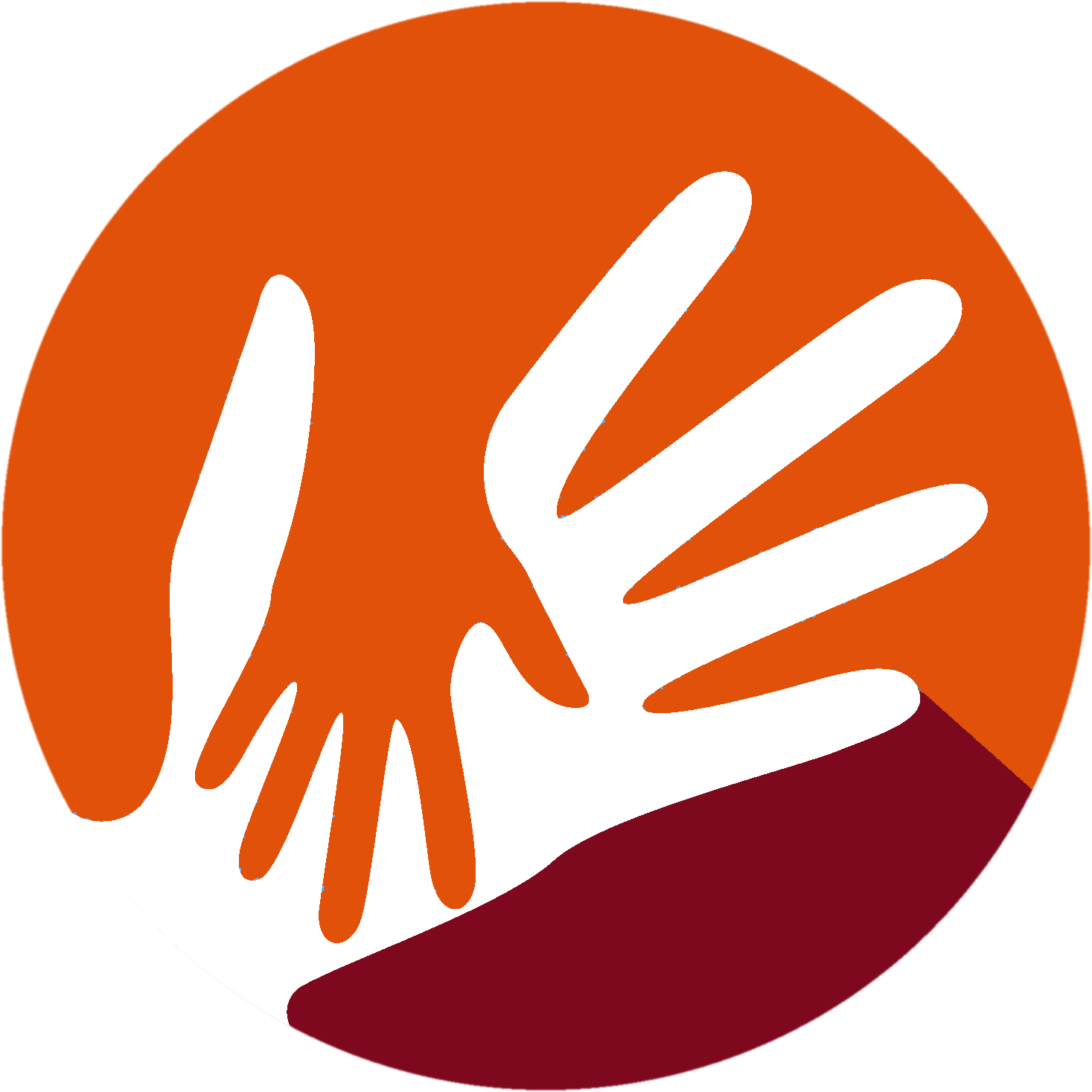In recent years there has been a huge shift towards accepting that effective and lasting trauma therapy has to involve the body as much as the mind. But as shiatsu therapists, how much do we need to work with the mind as well as the body? Why do words matter when our touch is already able to listen so deeply and communicate so much?
For about 20 years, I’ve been integrating Clean Language with my shiatsu, for three good reasons. First, however much we and our clients may enjoy the silent space of pure touch, it’s important that the words we do use are helpful rather than harmful. When practitioners try – with the best intentions – to impose their own judgements and opinions on their clients, they can undermine that precious body-to-body trust that shiatsu creates, and that is an essential ingredient in treating trauma.
THE MIRROR OF LANGUAGE
Second, because in Clean Language the questions we ask create a very special kind of space for the client. Each question mirrors back to them client the key words they just said, inviting them to hear themselves more clearly, and to be curious about how those words resonate in mind and body and in the energy field between us.
Thirdly, it’s called ‘Clean’ Language because these questions are designed to keep the practitioner’s ideas and assumptions out of the client’s space. This creates a very special sense of freedom for the client – freedom to explore their problem through the images, metaphors and movements that flow naturally from listening to their own words. Clean Language invites the body into the conversation, so that Qi begins to move even before the shiatsu has begun.
COLLABORATION AND CONTROL
And for me, all these things are especially important when we’re working with trauma. First, because the very collaborative nature of Clean Language allows the client to feel in control enough and safe enough to turn towards and stay with the emotional and somatic imprints of trauma.
Second, it lets the client explore things in their own way. The practitioner is not bringing any diagnostic ideas or treatment strategies into the space when they ask Clean questions. Instead, the client is free to listen to what their body knows about this trauma, and to find the metaphors and movements that express that. By doing that, Clean Language encourages the client to tap into perhaps the most important resource of all in working with trauma – their own creative energy. However dark the traumatic landscape they find within themselves, Clean Language can help them find that crack that lets the light come in.
HOPE AND CONFIDENCE
This congress is called Anxiety, Trauma and Hope, and when the energy invested in the traumatic pattern is overwhelming, it’s easy to lose hope, not just for the client but for the practitioner too. But combining Clean Language with shiatsu over the years has given me the confidence to stay with whatever is happening for the client, however challenging, through words, images, metaphor, movement and touch, to find a path towards resolving this trauma,
So my aim in this workshop is that you take away with you at least one Clean question, the most useful and flexible of them all, (you can take more if you like) and also that you have a chance to explore what it’s like to use language in the same way you use touch, with hara, head and heart fully aligned and open to the whole field between you and your client and ready for whatever may come.
I look forward very much to seeing how these very Zen-like questions work for you!
Nick

